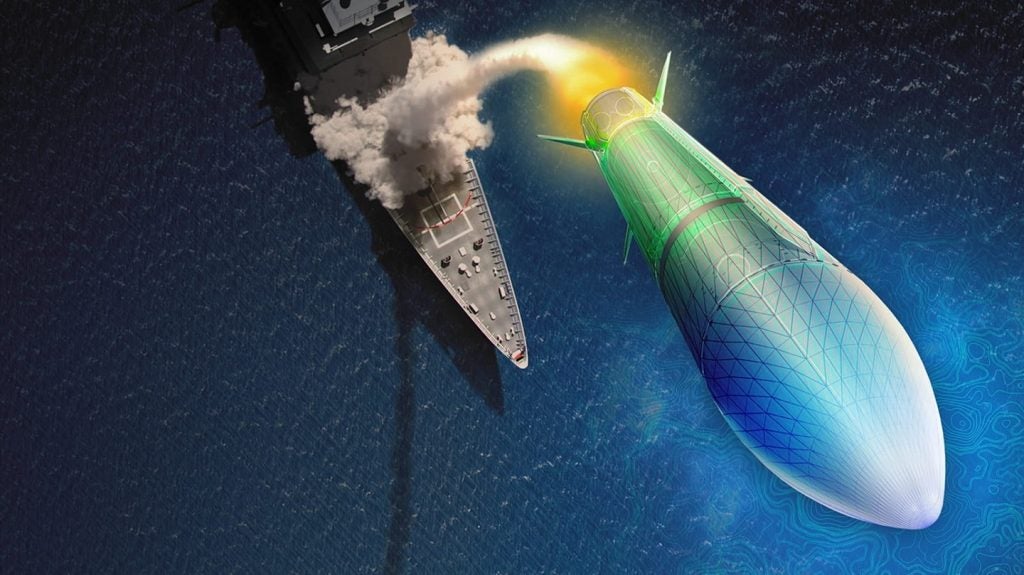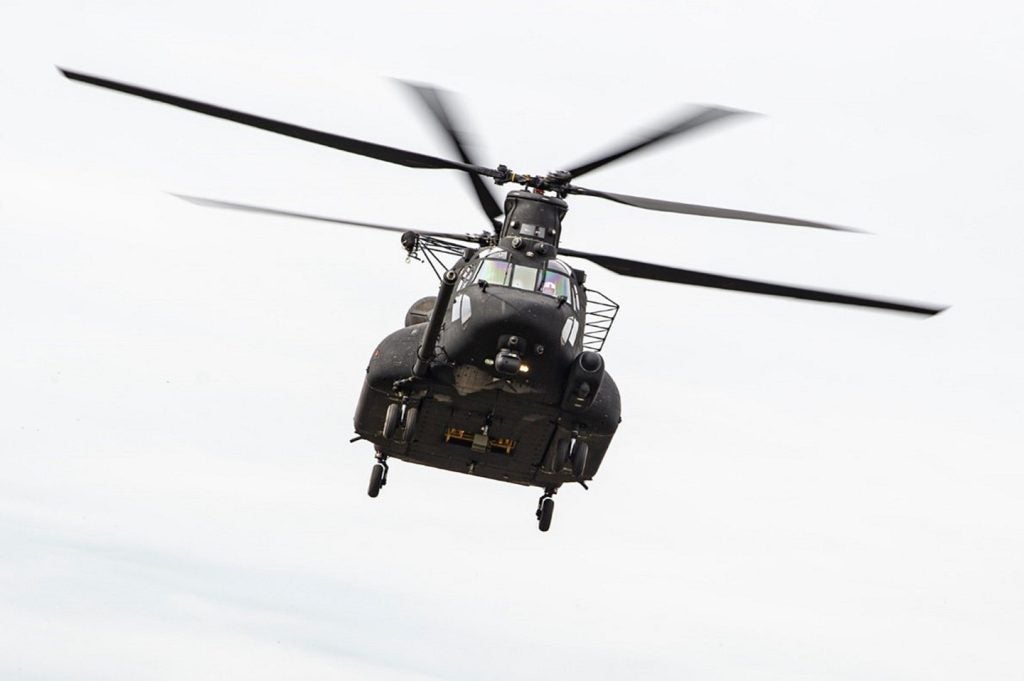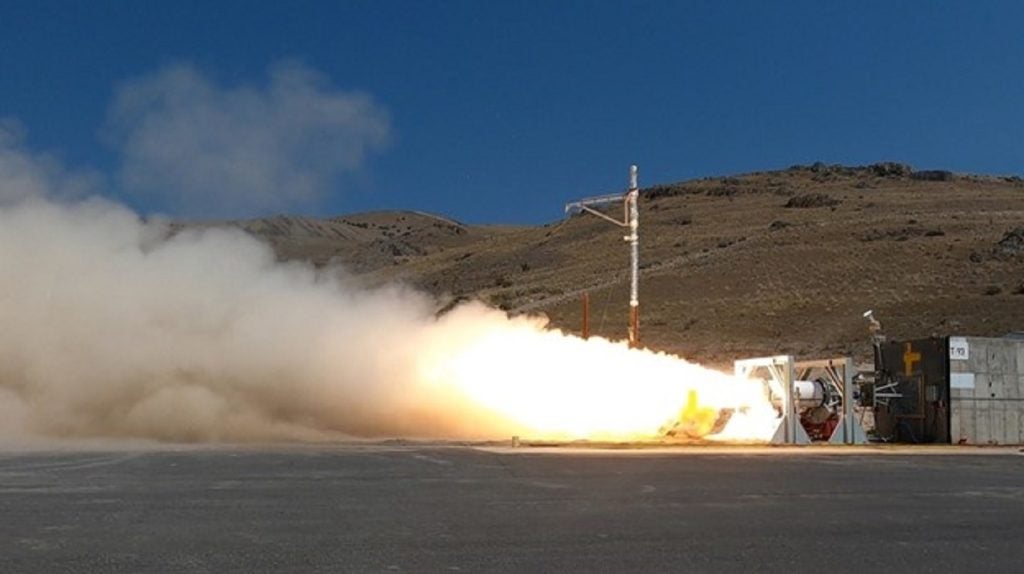Raytheon, a prominent RTX business, achieved a milestone as it advances towards deploying the US Navy's inaugural anti-ship hypersonic missile, HALO.
The successful completion of the technical review aids the Navy's ability to dominate contested battlespaces in anti-access/area denial scenarios.
Raytheon has executed a prototype fit-check, propelling the US Navy's Hypersonic Air Launched Offensive Anti-Surface (HALO) programme into a new development phase. HALO, a carrier-based high-speed missile, is hoped to redefine the Navy's anti-surface warfare capabilities, granting control in contested environments and supporting their overarching long-range fires strategy.
According to GlobalData's intelligence on "The Global Missiles & Missile Defense Systems Market 2023-2033", hypersonic missiles are being developed in response to growing geopolitical rivalry. With Russia, China, and the United States all pursuing these technologies, an arms race to develop hypersonic missiles has already begun.
Colin Whelan, president of Advanced Technology at Raytheon, emphasised the strategic importance of this achievement, stating, "This is a key step in fielding the Navy's first anti-ship hypersonic missile. It's critical that our warfighters have proven technology that can address advanced threats in contested environments, and they need this technology now. We're leveraging our expertise in hypersonics to deliver a straightforward and mature, digitally engineered system at the pace the Navy needs."
This year, Science Applications International (SAIC) secured a $63m contract from the US Navy for advanced hypersonic weapon concepts and strategic mission solutions.
There are currently seven active hypersonic missile programs underway in the US, although this number is anticipated to drop as the services combine their efforts, according to GlobalData's "US Defense Market 2022-2027" report.
Raytheon's approach involves the development of digital and physical design concepts and models for the HALO prototype, utilising digital and model-based engineering techniques. This strategy has accelerated the missile's development timeline, with a successful fit-check on an F/A-18 conducted in the Autumn, confirming compatibility with the Navy's Super Hornet aircraft and existing support equipment.
The groundwork was laid when Raytheon secured the phase one HALO contract in March 2023. The intricate work on the programme is being executed in Tucson, Arizona, highlighting the technological strength emanating from the heart of the United States.











